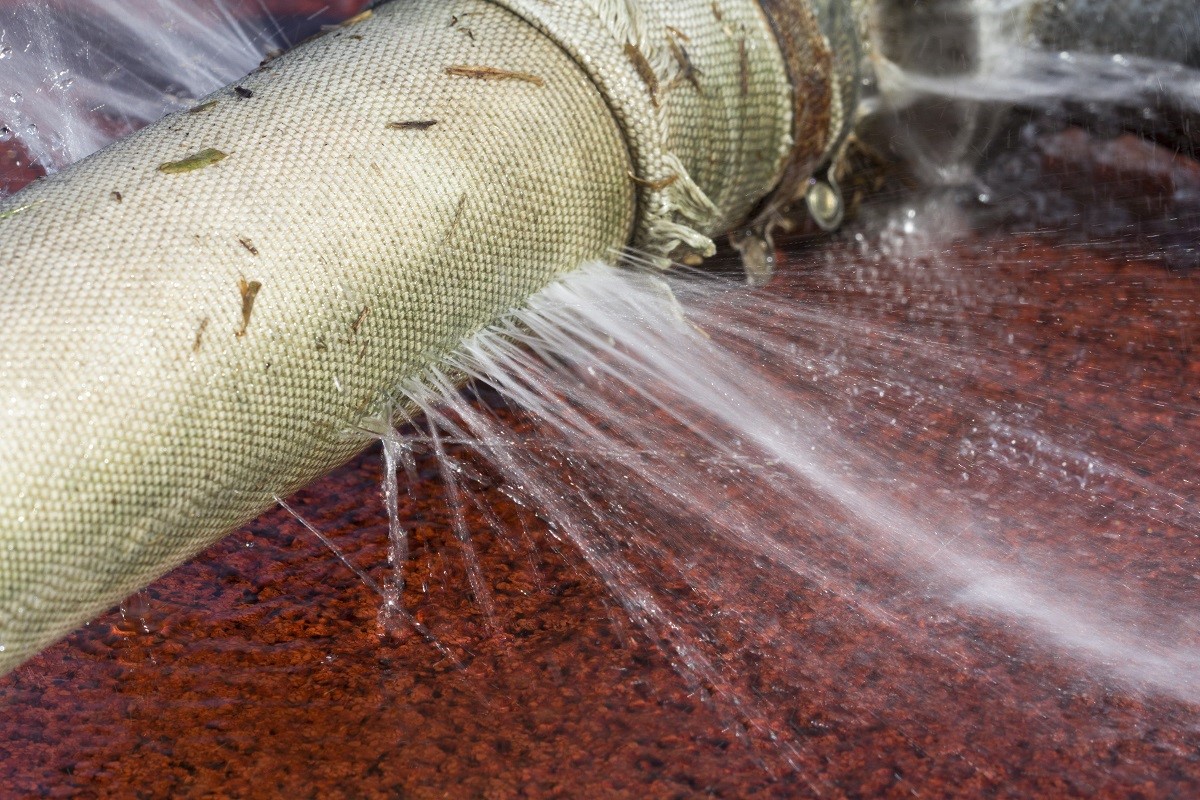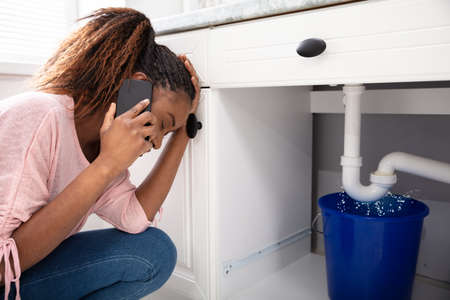Managing a Sudden Pipe Burst
Managing a Sudden Pipe Burst
Blog Article
They are making a number of great observations on What to Do When a Pipe Bursts in Your Home in general in this content following next.

The immediate response when a pipe bursts in your residential or commercial property is to go in complete panic setting. Do not worry; you are not the only one as many property owners feel this way, as well. Besides, this problem can lead to substantial home damage.
Though it may be hard to do, remain tranquil and gathered. Making rash choices can make the circumstance even worse. To help you out, below are six prompt steps you need to take when facing burst pipelines. Remember, knowledge is power so reading up on this prior to it happens will permit you to remain in control even in the middle of an enormous emergency water leakage:
Conduct a Quick Visual Inspection
Though your instinct is to shut down the valve today, time out for a while as well as carry out a quick visual inspection of the site. Try and detect where the water is dripping from. Doing so will permit you to encourage the plumber on what area to consider. This less-than-a-minute perusal will certainly conserve you time as well as assist your plumber swiftly determine the source.
Shut the Main Water Shutoff
After a quick scan, you can now turn off the major water supply. Maintaining water running will certainly lead to large damage. The last point you require is major flooding warps wood floorings or ruins appliances as well as furniture. You additionally want to stay clear of mold development. Switch off the valve and call the plumber for an emergency evaluation.
Drain pipes the Pipeline
As you wait on the plumber to get here, drain the water flowing in the pipes. Simply run your faucet and purge the commode to make sure that whatever water is staying will entirely spurt. When you do this, the leakage will certainly quit going where it's not expected to be in the first place. With that said, the plumber can additionally function much faster. Simply don't neglect to turn off the faucet after the pipelines are drained.
Attempt a Do It Yourself Pipeline Repair Work
If you've obtained handyman skills, do a small repair like sealing off a small crack. You can acquire piping sealer to make quick fixes. Beware with the application, so you do not aggravate any issues. If you require to tighten a few nuts and also screws, resist the urge to over-tighten as this can result in leaks down the line.
Eliminate Any Standing Water
Don't let any standing water sit for as well. It will lead to more damages if water seeps right into your floorings or carpeting. You likewise do not want it to move right into important items like electronic devices. Tidy up the water and dry the location off right away. If you have electrical fans, keep them running to distribute the air as well as promote faster drying.
Call a Reputable Plumber
If you feel unsure about your skills to take care of a little crack or little leak, it is best to call a professional plumber. When it concerns repairs, they have the expertise, abilities, devices, and experience to obtain things done quick. Tinkering with pipes is not a joke as it can bring about more issues if done incorrectly. Discovering a trusted plumbing solution guarantees your water leak is taken care of effectively and also efficiently.
A Frozen Pipe Has Burst, What Are The Next Steps?
How to Tell if Pipes are Frozen
It’s important to catch frozen pipes early to prevent damages. Typically, you will be able to boost your thermostat or talk a professional plumber before any damage occurs. However, here are a few signs that will help you identify if your pipe is frozen.
No Water – An obvious sign that you have frozen pipes is if there’s a complete lack of water coming from your faucets or fixtures. Frost – If you can gain access to view your pipes, check to see if there is visible frost on them. Take note of which parts of the pipe has frost. Smell – If your pipes freezes, it will block food and waste down your drain, causing a backup and your room to begin to have a bad smell. How to Tell if a Frozen Pipe has Burst
Inspect the Inside of the Building. Go through each area of the building and look for actively dripping water and signs of water damage. Examine any exposed pipes and check them for frost or condensation. Especially keep an eye on rooms such as bathrooms, kitchens, laundry rooms, and unheated areas of the building. Turn on the faucets and flush your toilets. Ensure they are working and the water has no discoloration or smell to it. If there is only a slow trickle of water coming out, or no water at all, this might mean a frozen pipe has burst. Check your water meter. If all fixtures in the building are off and it still shows movement, this could be a sign of a burst. Check the exterior of the building. Look for water building up anywhere out of the ordinary, or sinkholes in your yard. Remove Water Right Away
It is important to clean up water right away to prevent mildew and mold buildup. You will need towels, buckets, mops, and a wet/dry vacuum. Do not wait for the plumber to remove the water for you, the longer you wait the more likely it is that you’ll get mold or severe water damage.
Avoid Extreme Temperatures
First off, make sure the temperature in your home is no lower than 55*F. If you are going to be gone for a long time, turn off your water with the shut off valve to prevent freezing and bursting.
Don’t Leave Still Water in Pipes
When the weather gets too cold, you should let water drip from your faucet. While the dripping might be irritating, this will help prevent water from freezing. You can detect a frozen pipe if the faucet stops working, or the toilet doesn’t refill.
Taking Precautions with Frozen Pipe Damage
A burst pipe is one of the most common issues people face at home. There can be a number of reasons why pipes burst in harsh climate conditions such as extremely cold temperatures. Low to freezing temperatures can freeze the pipes, causing there to be frozen pipe damage and leading them to burst. Regardless of the type of pipes – whether they be metal or plastic, they can still expand or burst and cause water damage to your home. A burst pipe also requires a significant amount of costs in repairs. This is why it’s important to take all the safety measures to prevent pipes from bursting.
Below are some frequently asked questions and helpful steps to take to safely solve any problems you may be experiencing with your pipes at home.
What to Do When a Pipe Bursts:
Turn off the main water supply Contact a professional Quickly remove and clean excess water to avoid further water damage. Take pressure off pipes by draining the faucets Circulate warm air in your home to slowly thaw pipes Use a repair sleeve to temporarily cover the damaged area of the pipe https://jenkinsrestorations.com/frozen-pipe-has-burst-whats-next/

We had been made aware of that report about How to Fix a Burst Water Pipe through an associate on our other web page. Do you know about someone else who is occupied with the niche? Be sure share it. Thank-you for going through it.
We've got this! Report this page